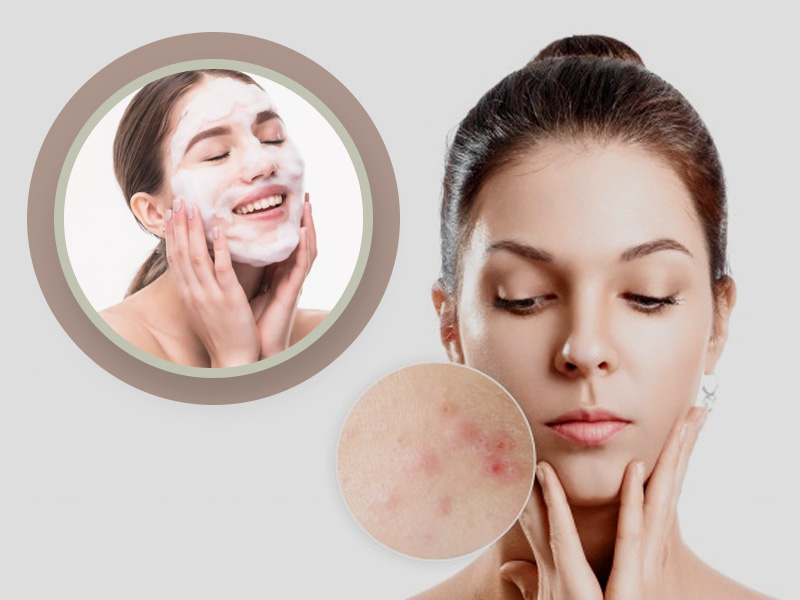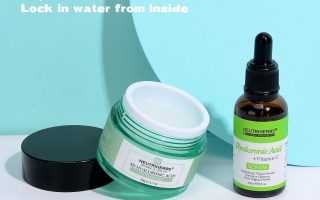The use of salicylic acid-based cosmetics for home use can be useful in the presence of acne and impure skin.
“More intense” treatments based on salicylic acid such as chemical peels – even more so if they are outpatient and not for home use – can be useful in case of mild or moderate papular-pustular acne: eliminating the keratin plug this molecule can free the pilosebaceous follicle, visibly reducing the signs and symptoms of the disorder. For this purpose, several treatment sessions are generally required, spaced from each other by an adequate time interval.
In addition to what has been said so far, salicylic acid peeling can also be used in the following circumstances:
- Acne in the comedic phase and nodular acne;
- Rosacea ;
- Dark spots on the skin related to photoaging (typical state of skin hyperpigmentation of middle-aged and elderly people);
- Scalp disorders: dandruff, psoriasis ;
- Calluses, calluses and hyperkeratosis in general;
- Warts.
It should be noted that for some of the aforementioned conditions if the doctor deems it appropriate, they may prescribe the use of drugs based on salicylic acid.
When Using Salicylic Acid

Cosmetics based on salicylic acid, of course, must be used only and exclusively externally, in correspondence with the area affected by the problem that you want to try to solve by using this beta-hydroxy acid.
Salicylic acid can be included in the composition of different cosmetics: face creams, serums, cleansers, etc. The correct way to use these cosmetics is generally indicated on the product packaging, it is therefore recommended to follow the instructions provided directly by the manufacturer.
As regards chemical peels with salicylic acid, it is important to distinguish between products for “home” use – that is, those that can be used at home – and products for outpatient use that can be used only and exclusively by specialised medical personnel. Among these two types, there are also products for salicylic acid peeling used in beauty centres.
How Effective Is Salicylic Acid?
The results obtained with the regular use of salicylic acid-based cosmetics may differ from one individual to another: for some, the effects are appreciable, for others less.
The same goes for aesthetic treatments and aesthetic medicine treatments carried out with salicylic acid. In general, the exfoliating properties of this product are appreciated, but the result can vary from person to person, as well as the satisfaction of the individual.
Things to keep in mind when using Salicylic Acid
Due to the keratolytic action, after the use of products based on salicylic acid and even more so after having undergone chemical peels with this substance, it is advisable to avoid exposure to the sun. Salicylic acid, in fact, by thinning the natural barrier of the stratum corneum, makes the skin more susceptible to UV radiation. For this purpose, in addition to avoiding direct exposure to the sun (and tanning sessions ) as much as possible, it is recommended to apply high protection sun creams ( SPF 50).
Side Effects of Salicylic Acid
Salicylic acid cosmetics are generally well tolerated and shouldn’t cause any problems. Of course, it is not possible to exclude the onset of allergic reactions in sensitive individuals which could occur with the appearance of:
- Marked change in skin colour
- Skin rash ;
- Hives ;
- Swelling of the hands and feet
- Redness of the eyes ;
- Anaphylaxis (in the most severe cases).
As regards chemical peels with salicylic acid, the undesirable effects may vary according to the type of treatment performed (home, in a beauty centre, aesthetic medicine), therefore according to the type of product used. For more information on this, please refer to the dedicated articles on this site.


